For most people today, ancient Greek sculpture brings to mind images of pearly white human figures. Yet, ever since the first excavations of Pompeii in the 17th century, archeologists have known that these sculptures were painted in vivid colours. The German archeologists Vinzenz Brinkmann and Ulrike Koch-Brinkmann have been studying the polychromatic nature of ancient Greek sculptures for some four decades – a process that involves research through reconstruction. In this short film from the Metropolitan Museum of Art in New York, Brinkmann discusses their process, and why the visual code of white antique marble persists today.
Ancient Greek sculptures were colourful. Why does the white marble ideal persist?
Video by the Metropolitan Museum of Art
Directors: Sarah Cowan, Jonathan Sanden

videoArchaeology
Frozen for millennia, an ancient Greek soldier is freed to charge into battle once again
8 minutes
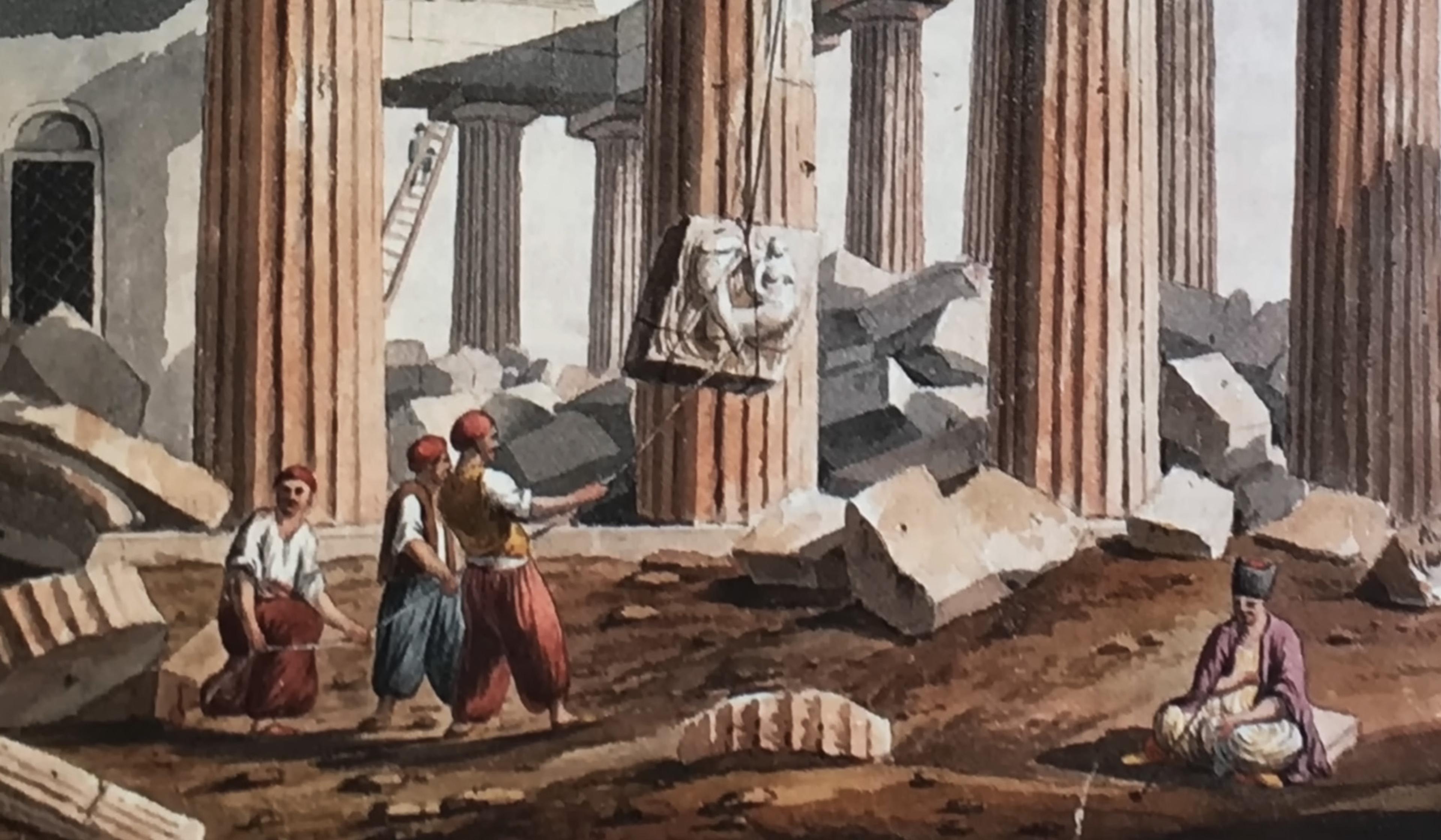
videoGlobal history
The strange journey of the Parthenon Marbles to the British Museum
10 minutes

videoMusic
Music was ubiquitous in ancient Greece. Now we can hear how it actually sounded
16 minutes
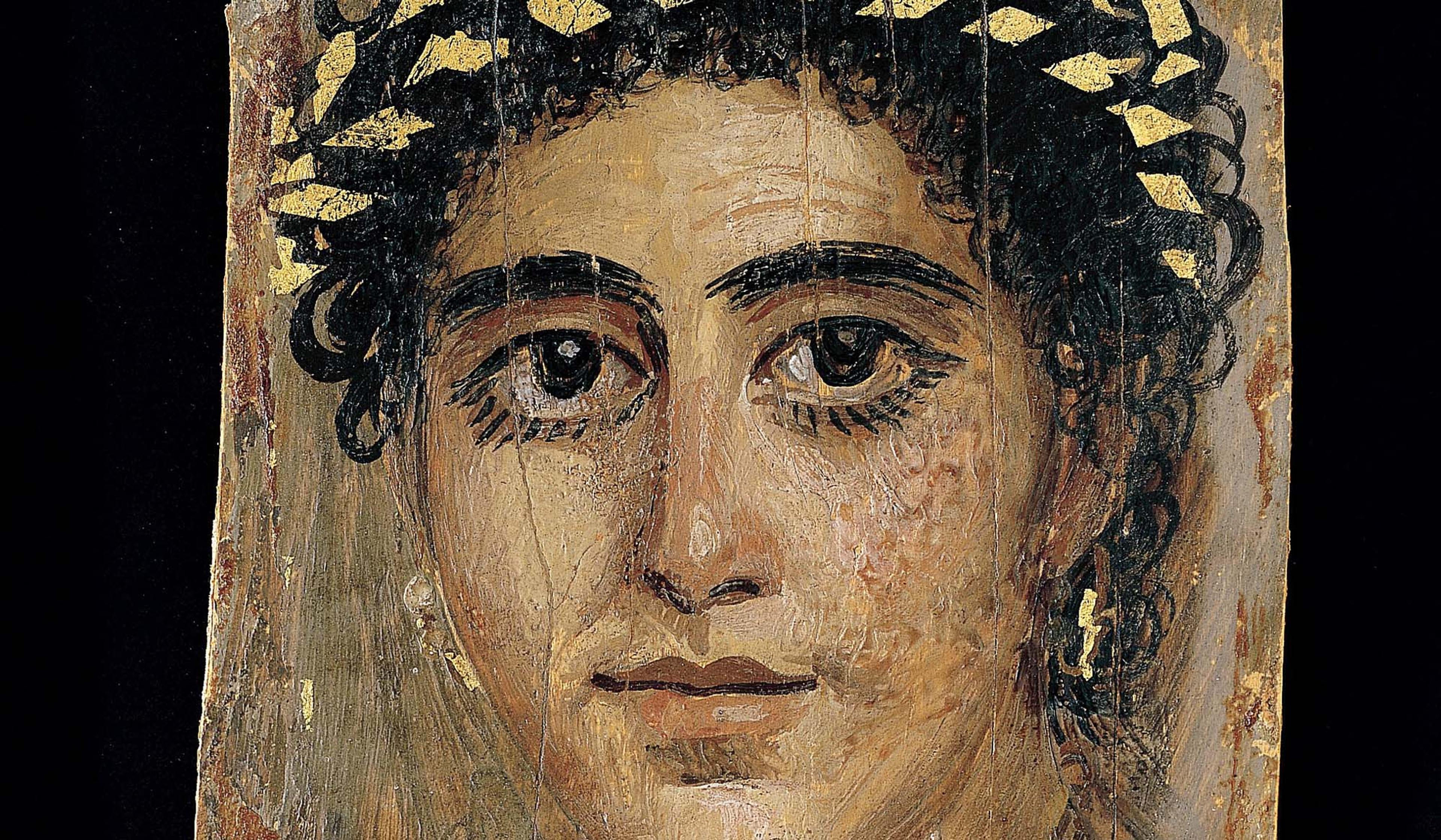
videoThe ancient world
Haunting dispatches from the edge of the Roman Empire, just before its collapse
15 minutes

videoArchaeology
What’s an ancient Greek brick doing in a Sumerian city? An archeological investigation
16 minutes
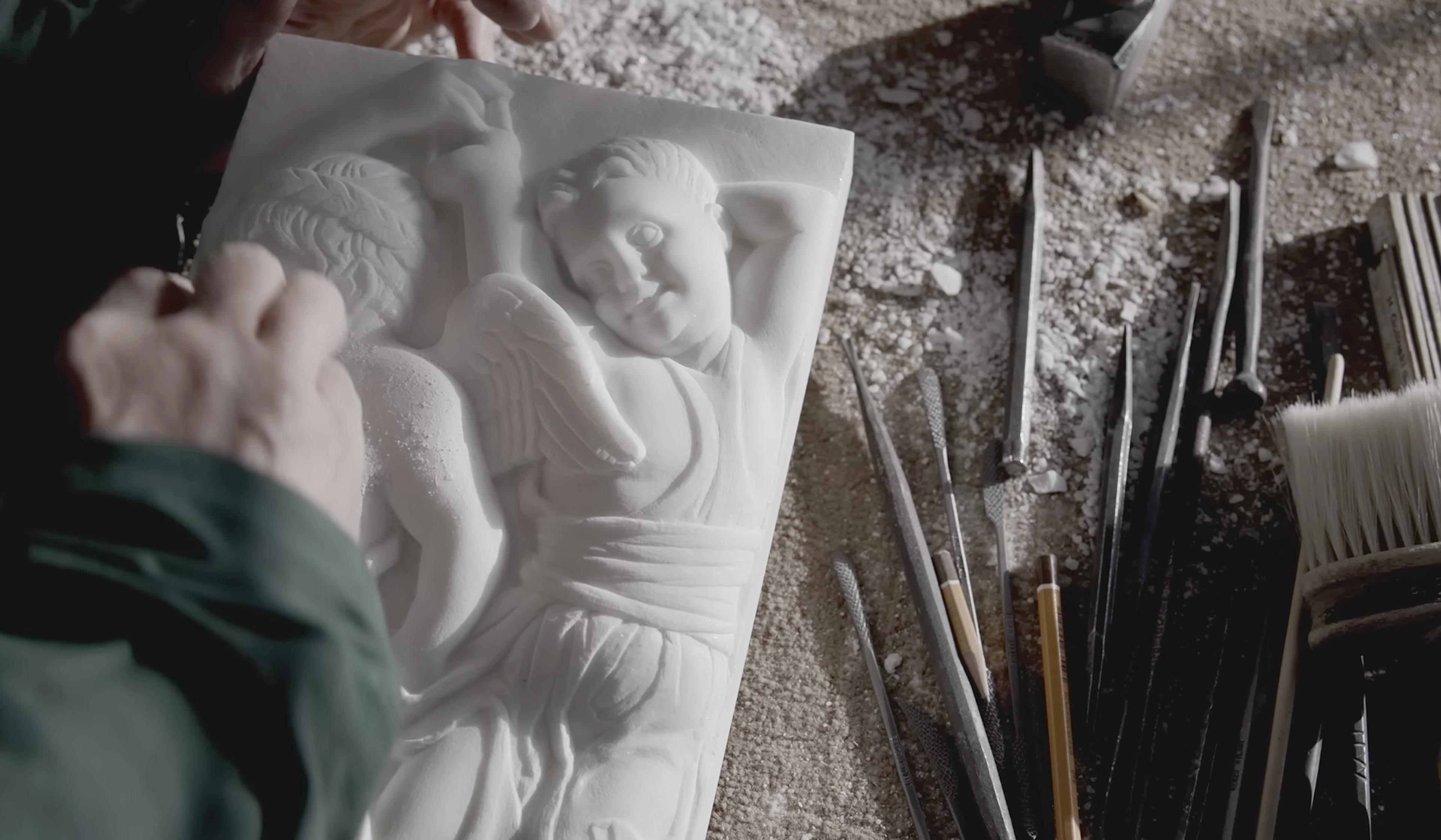
videoArt
From a pencil sketch to cherubs dancing in stone – recreating a Donatello work
7 minutes
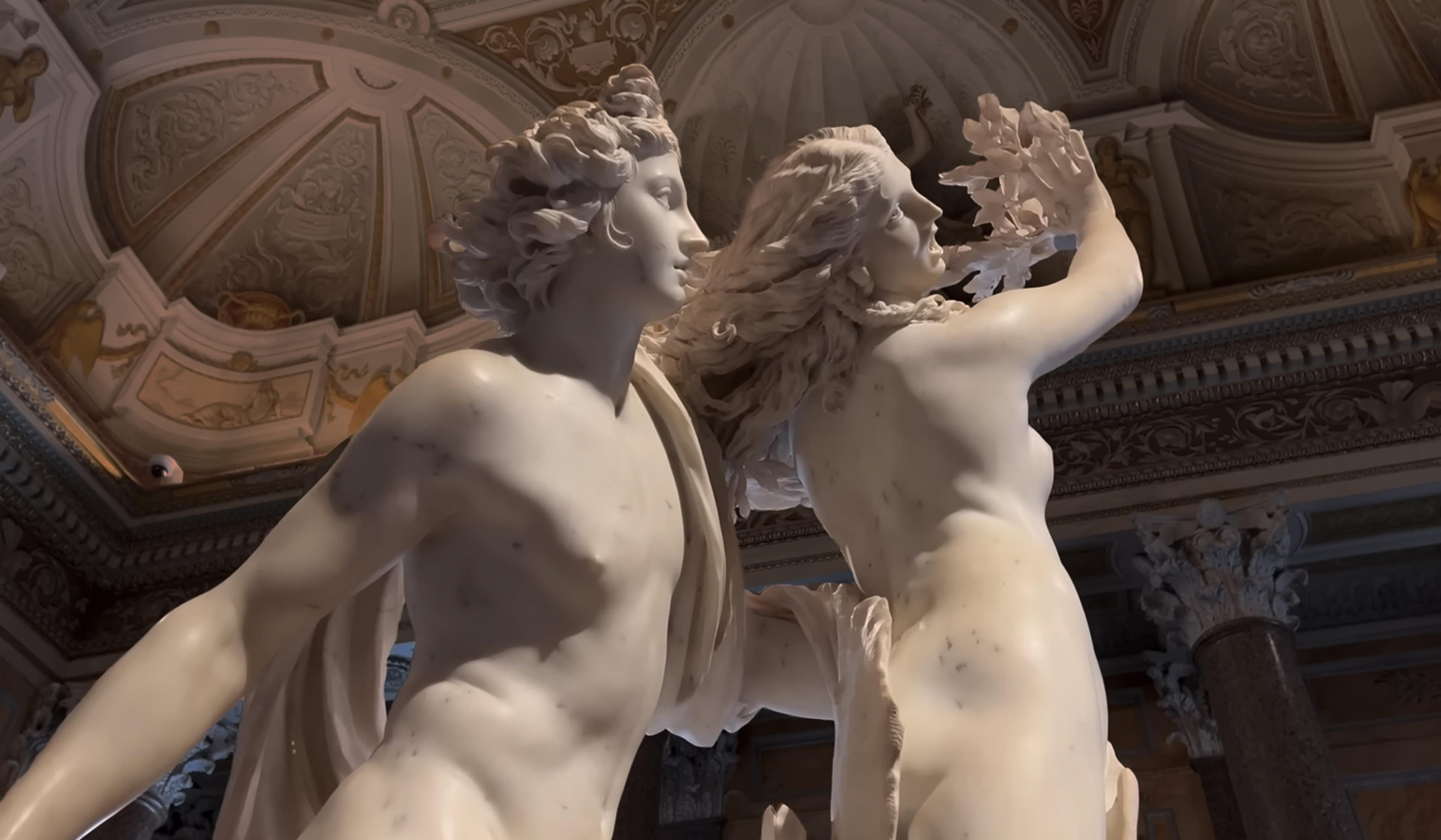
videoArt
The overlooked polymath whose theatrical oeuvre made all of Rome a stage
30 minutes
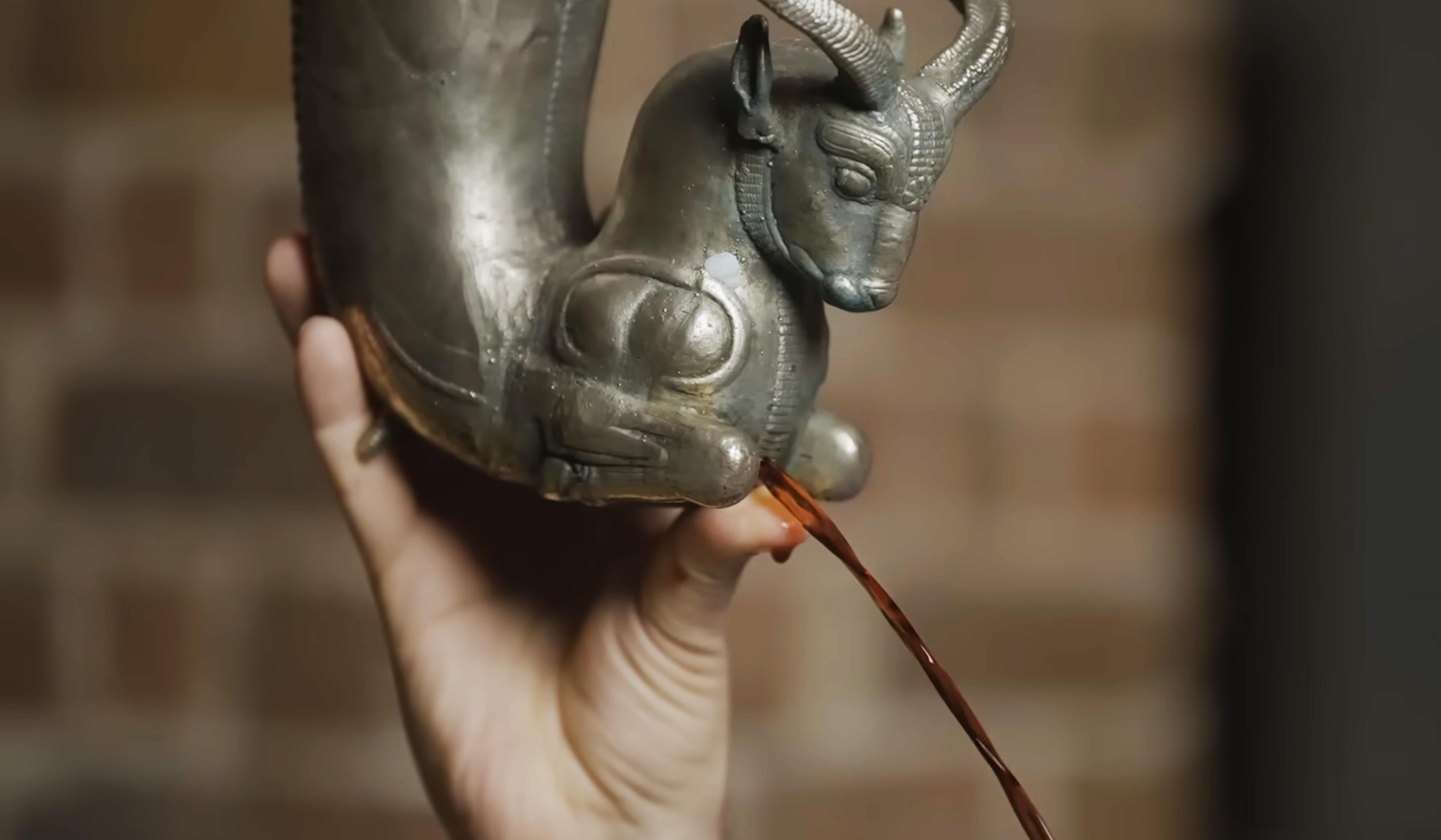
videoThe ancient world
What wine vessels reveal about politics and luxury in ancient Athens and Persia
16 minutes

videoGender
Why Medusa lives on – Mary Beard on the persistent legacy of Ancient Greek misogyny
5 minutes